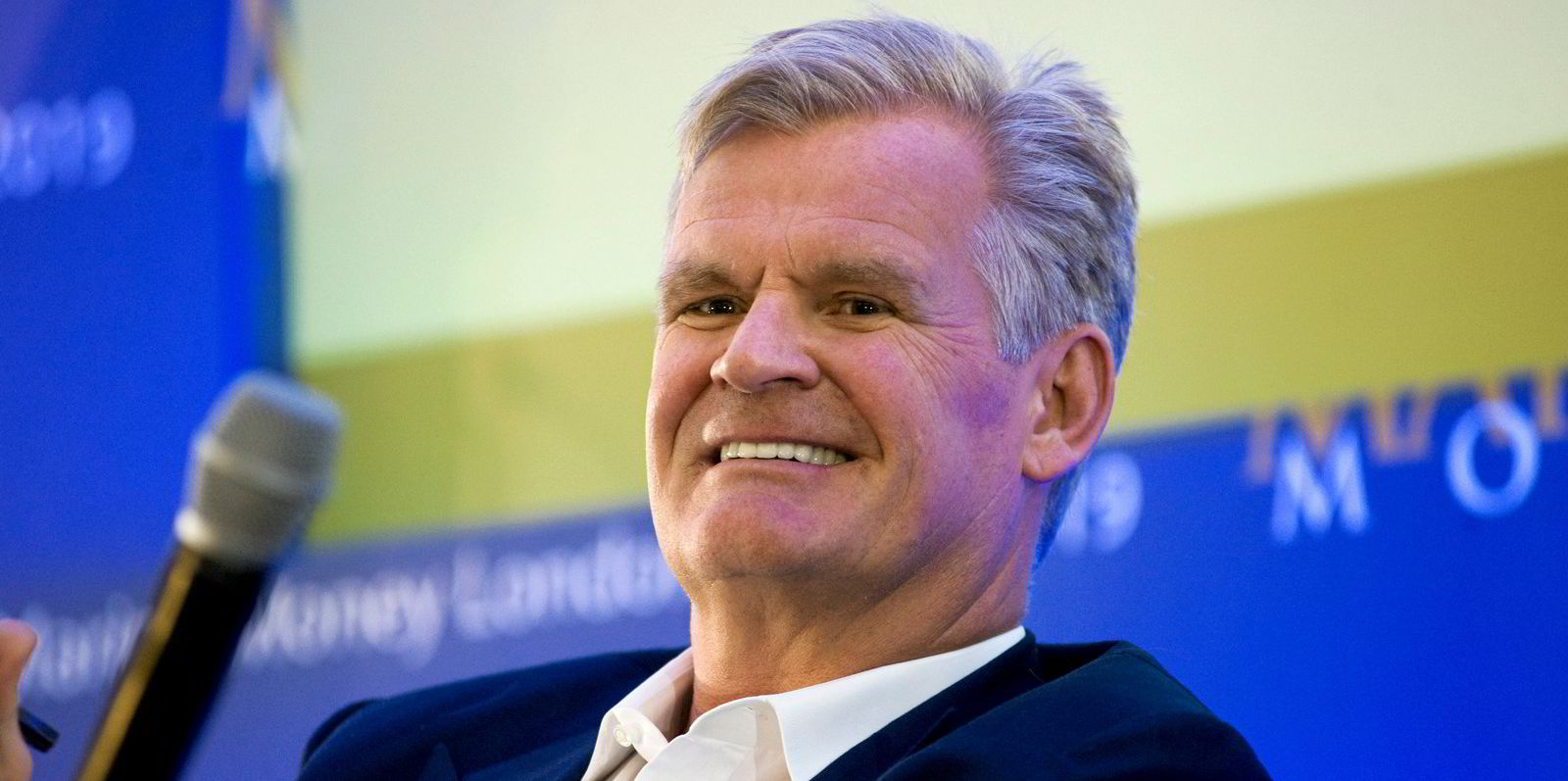Golar LNG Partners hopes to conclude its agreed merger with New Fortress Energy (NFE) in the early part of this first half of 2021.
Karl Staubo, the partnership’s chief executive, told analysts on a fourth-quarter results briefing that both companies are “keen” to close the transaction as early as possible.
He said closing of the deal is subject to consent for NFE to keep the debt on the floating LNG unit Hilli Episeyo and certain regulatory approvals for which he does not see any negative surprises.
Staubo said the merger, which was given the go ahead on 24 February by the company’s unit shareholders, creates value for shareholders and removes refinancing and re-contracting risk on the partnership's asset portfolio.
Golar LNG Partners reported net income of $18.1m for 2020, down from $21.1m a year ago.
Total operating revenues for the year slipped slightly to $284.7m, from $299.7m in 2019.
The company is sitting on $1.7bn of revenue backlog.
Stable performance
Staubo said operations across the fleet were very stable in the three months.
Golar LNG Partners' fleet utilisation was at 98% for the fourth quarter, with its floating storage and regasification units at 100%.
The Hilli Episeyo also maintained 100% uptime.
The company opted not to reactivate its laid-up, 137,000-cbm LNG carrier Golar Mazo (built 2000) due to the logistics of a Covid-19 constrained environment and the time and costs of dry docking. It said this meant that the vessel was not available to trade over the exceptionally strong period from December to January.
Its 170,000-cbm FSRU Golar Igloo (built 2014), which is seasonally employed in Kuwait, was also unable to trade due to its loading arms for the terminal and scheduled winter maintenance.
Staubo said that with NFE’s requirements for its projects, it is now more likely that Golar Mazo and the laid-up 129,000-cbm FSRU Golar Spirit (built 1981) will be reactivated.
He said Golar Partners is working with NFE on the technical studies for reactivating these two ships.







